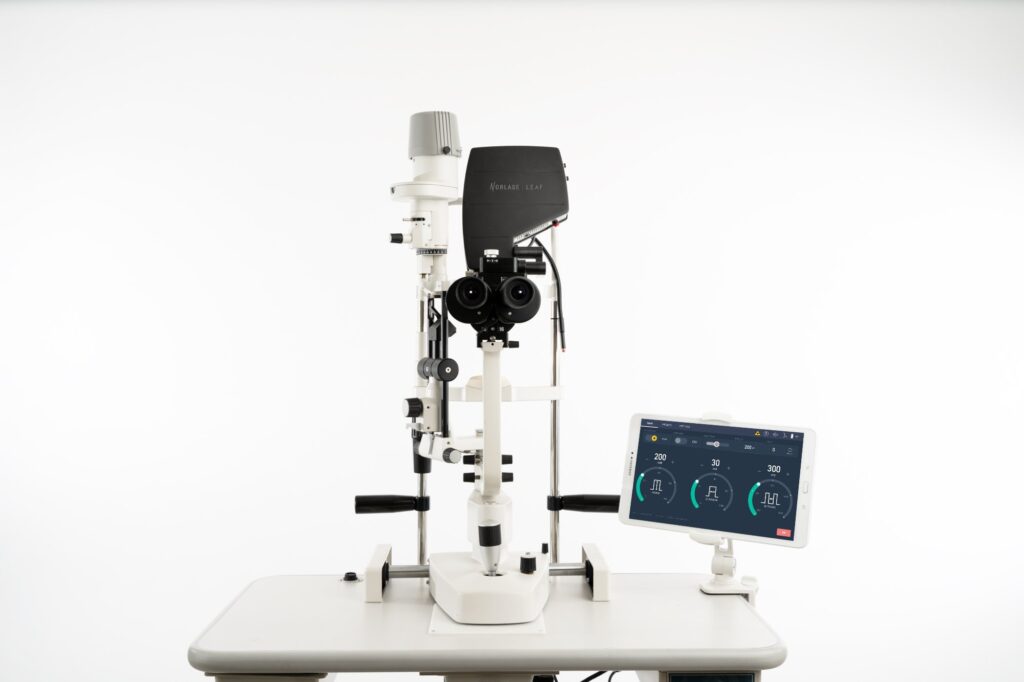Diagnose & Other Facility
- Home
- Diagnose & Other Facility
Lipiview and Lipiflow
Lipiview: Lipiview is an advanced diagnostic tool used to assess the lipid layer of the tear film. It provides detailed images and measurements of tear film dynamics, aiding in the diagnosis of dry eye syndrome and guiding personalized treatment plans.
Lipiflow: Lipiflow is a therapeutic device that uses thermal pulsation technology to treat meibomian gland dysfunction, a common cause of evaporative dry eye. It applies controlled heat and gentle pressure to unclog and express blocked glands, restoring normal function and improving tear quality.
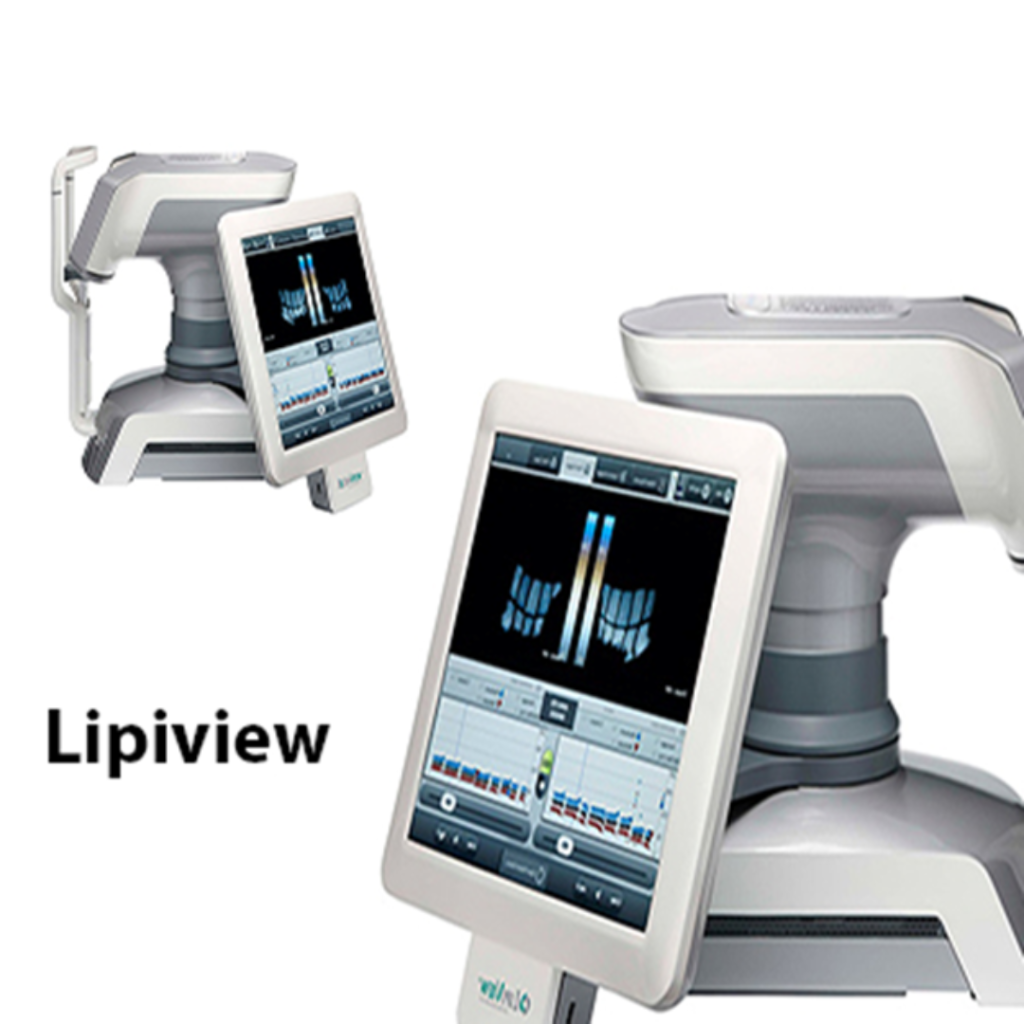
TRK-2P
TRK-2P is a specialized instrument used for corneal topography and refractive analysis. It maps the curvature and shape of the cornea with high precision, essential for planning refractive surgeries such as LASIK or evaluating corneal irregularities
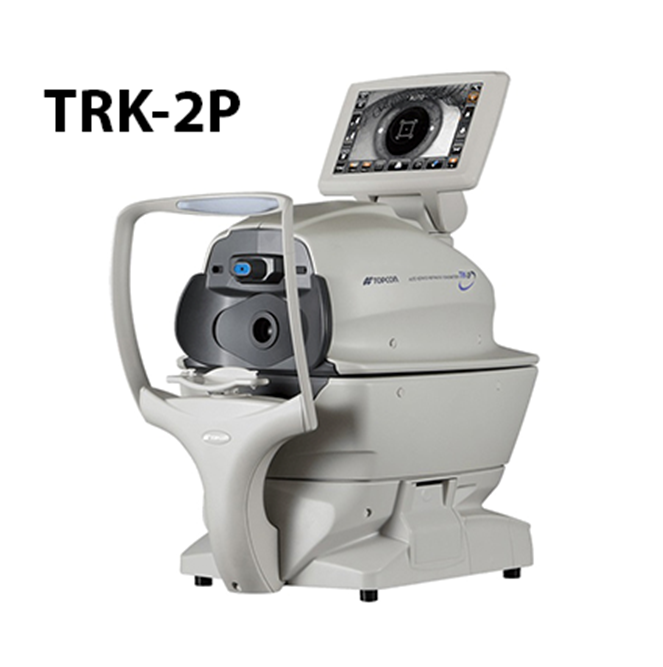
Non-Contact Tonometry (NCT)
OCT (Optical Coherence Tomography)
OCT (Retina): OCT is a non-invasive imaging technique that produces high-resolution cross-sectional images of the retina. It helps in diagnosing and managing retinal diseases such as macular degeneration, diabetic retinopathy, and retinal detachment by providing detailed views of retinal layers and structures.
OCT (Glaucoma): OCT is also used to assess the optic nerve and retinal nerve fiber layer, crucial for detecting and monitoring glaucoma. It aids in early detection and precise evaluation of glaucomatous damage, guiding treatment decisions to preserve vision.
OCT (Cornea): OCT is utilized for evaluating corneal thickness, analyzing corneal layers, and detecting abnormalities such as keratoconus or corneal dystrophies. It provides valuable insights for corneal disease management and surgical planning.
USG-A Scan/USG-B Scan
USG-A Scan: Ultrasound A-scan measures the axial length of the eye, essential for calculating intraocular lens (IOL) power during cataract surgery or refractive lens exchange. It ensures accurate IOL selection for optimal post-operative vision.
USG-B Scan: Ultrasound B-scan is used to visualize and evaluate the posterior segment of the eye when direct visualization is limited. It helps in detecting conditions such as retinal detachment, intraocular tumors, or vitreous hemorrhage.
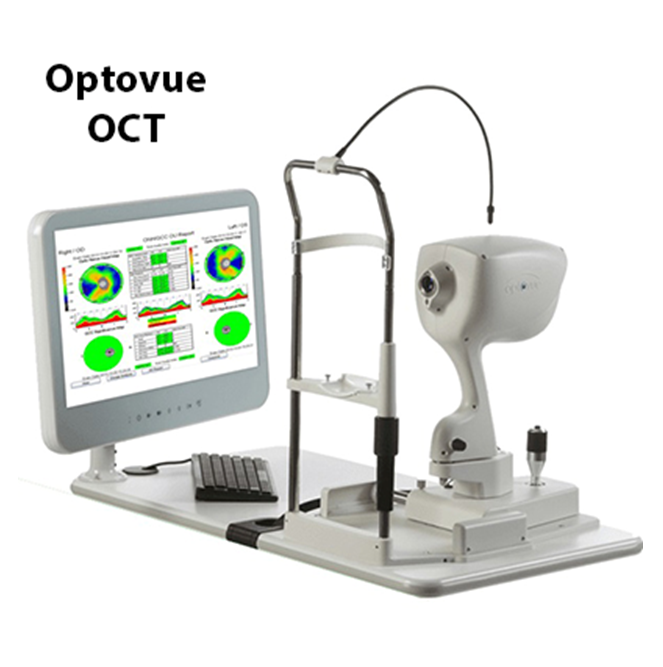
Sirius-2 Topography
Sirius-2 is an advanced corneal topography system that combines multiple imaging technologies to create detailed maps of the corneal surface. It provides precise measurements of corneal curvature, elevation, and irregularities, essential for diagnosing corneal disorders and planning treatments like refractive surgery.
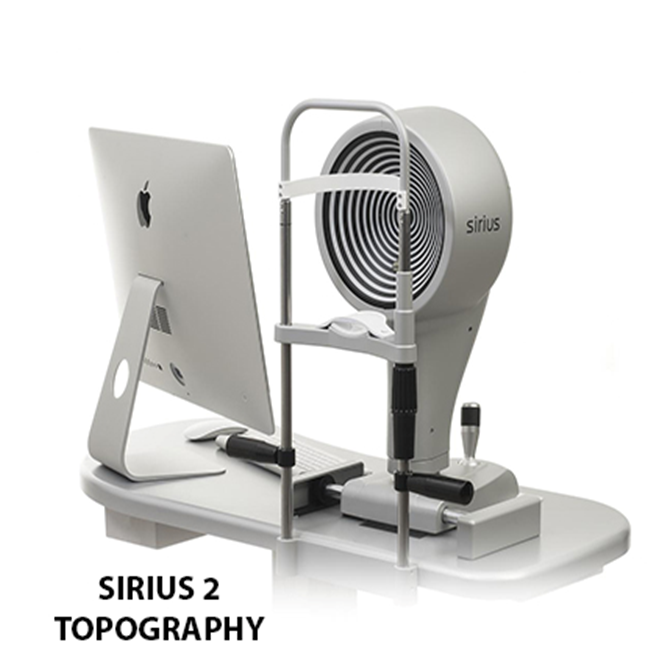
Optical Biometry (Topcon)
Optical biometry is a precise method for measuring intraocular distances, including axial length, corneal curvature, and anterior chamber depth. It is essential for calculating IOL power accurately in cataract surgery and other intraocular lens procedures
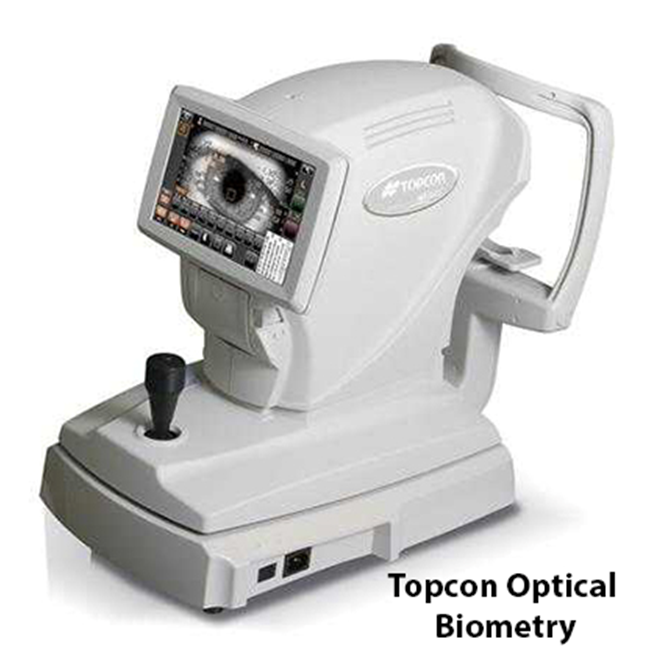
YAG LASER Capsulotomy/Iridotomy
YAG laser capsulotomy and iridotomy are laser procedures used to treat certain conditions affecting the posterior capsule of the lens (after cataract surgery) or the iris. They create small openings to improve visual clarity (capsulotomy) or manage intraocular pressure (iridotomy) without the need for surgery.
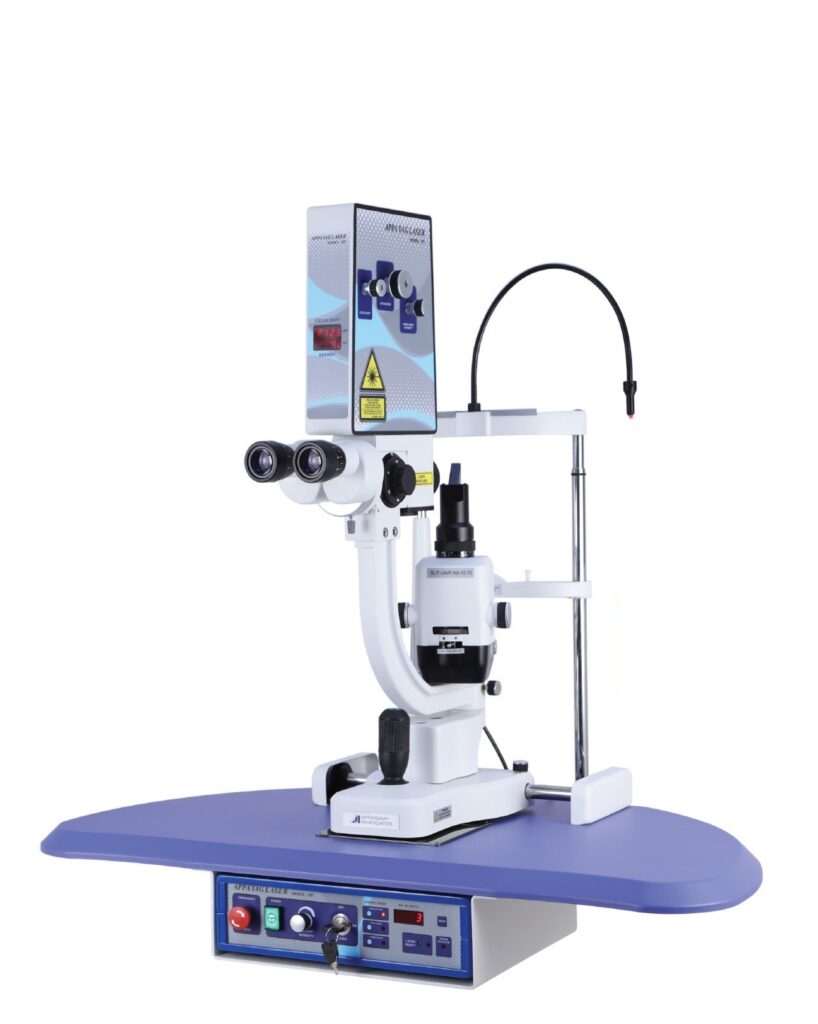
Greeen LASER (Quantel)
Green laser refers to a specific wavelength of laser light used in ophthalmology for various treatments, including retinal photocoagulation to manage diabetic retinopathy, retinal vein occlusions, and other retinal conditions. It provides precise thermal energy to target and treat abnormal blood vessels or retinal tissue.
